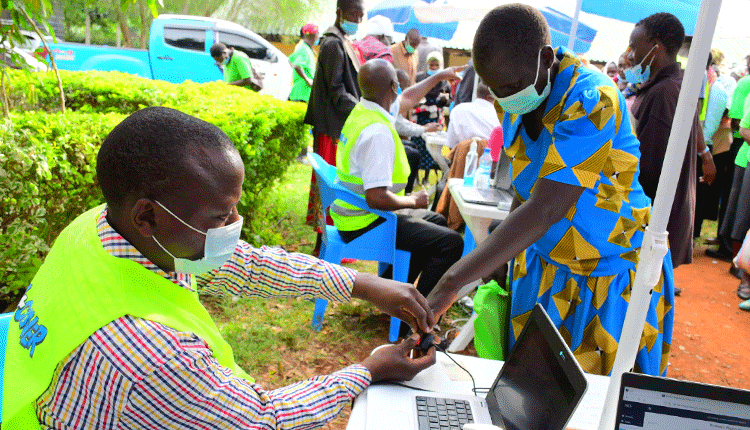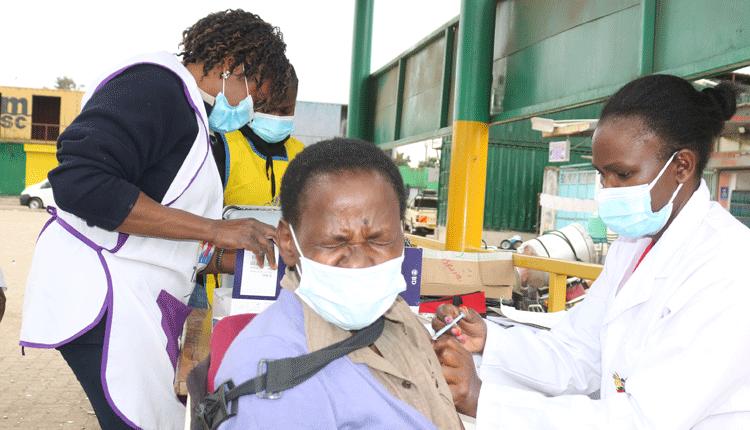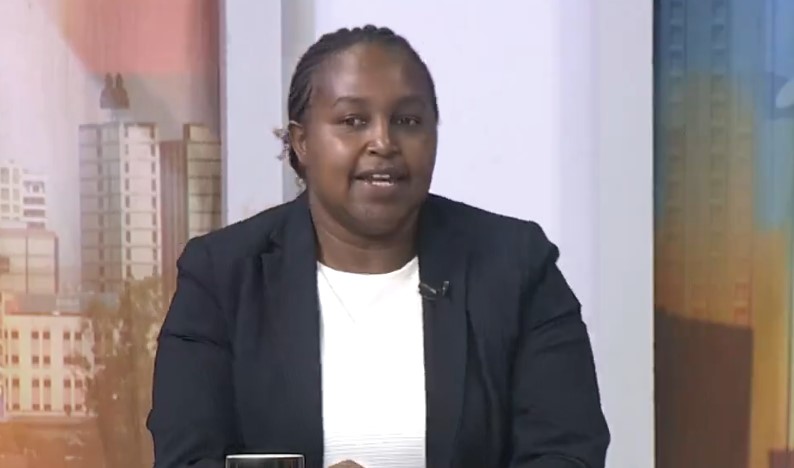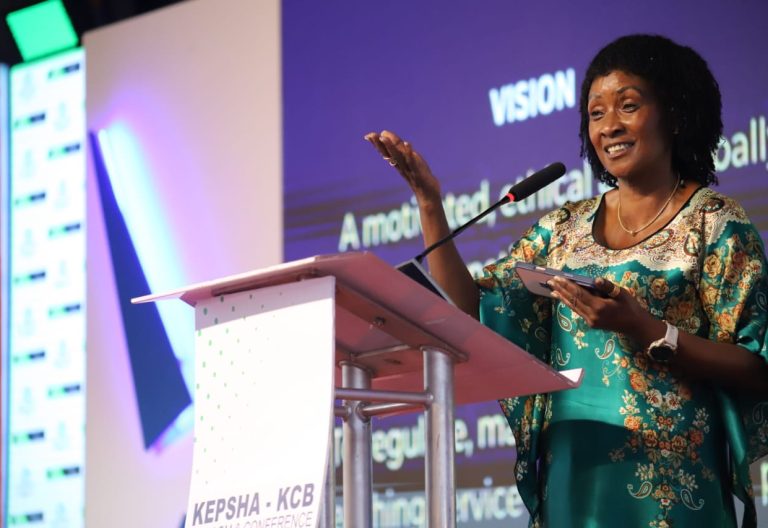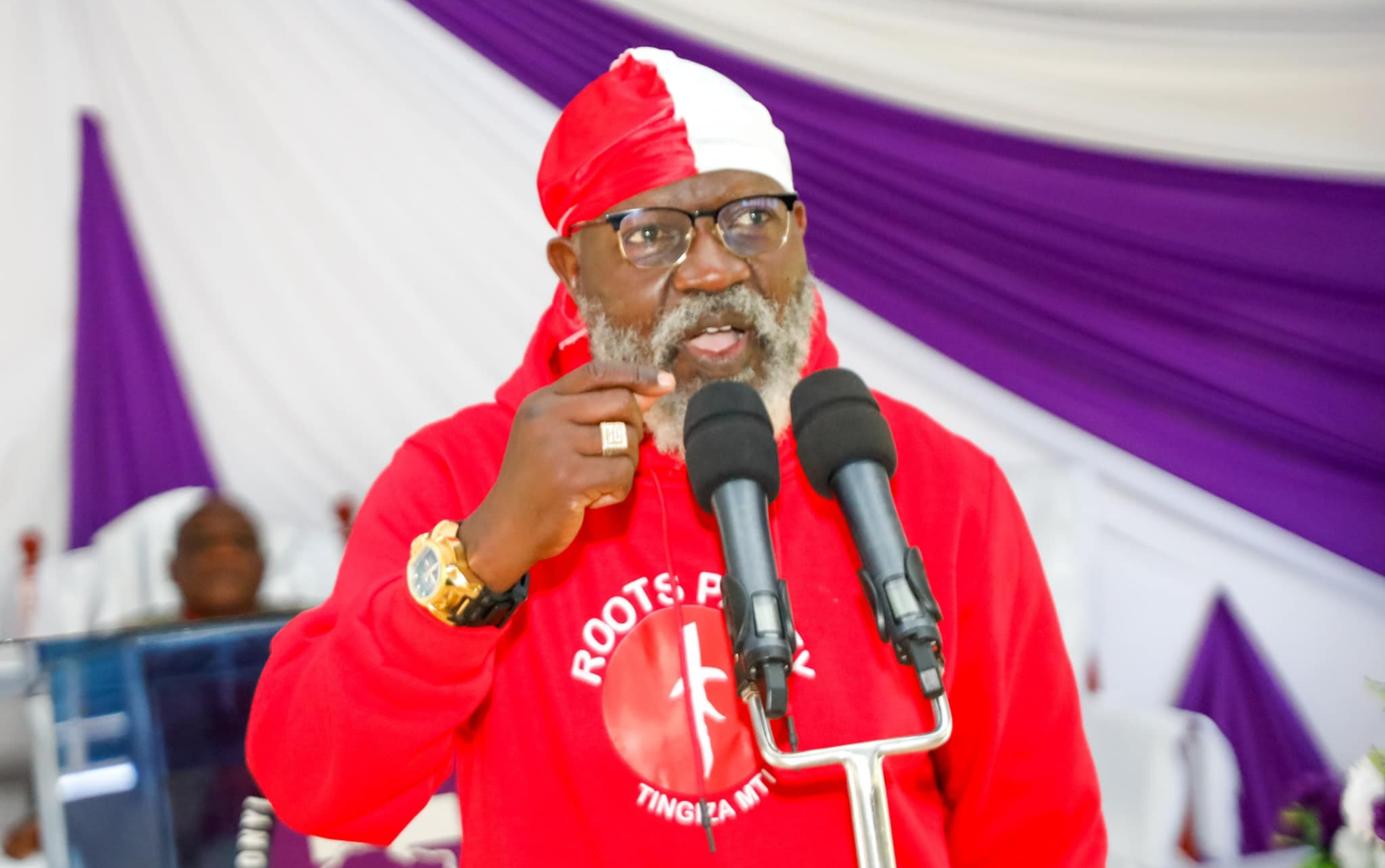Low career guidance in schools worrying
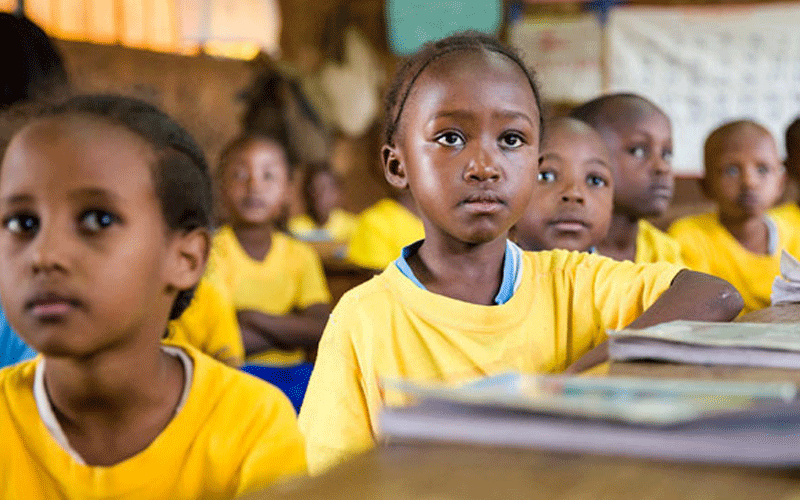
It is now official that more than 125,000 government-sponsored students will join university.
Ideally, the students who sat last year’s Kenya Certificate of Secondary Education examination would have started their academic year in September, but they will not because of the Covid-19 pandemic.
At least, the unveiling of the placements, which for some reason had been delayed, ends the anxiety of the students.
Kenya Universities and Colleges Central Placement Service (KUCCPS) chief executive John Muraguri said 125,463 candidates will be placed against the available capacity of 145,463 declared by universities.
Some 689,007 students qualified for placement at tertiary institutions under government sponsorship.
This means all candidates who scored C+ and above in the 2019 KCSE exams will join university.
Another 563,544 scored between C and E qualify for Technical and Vocational Education and Training (TVET) institutions.
However, Kuccps also noted that only 2,228 secondary schools out of 10,289 examination centres (about 22 per cent) had forwarded lists of university applications by end of last year.
Many exam centres fail to submit applications for courses on behalf of their candidates.
The board’s concern leads to a very disturbing conclusion: career guidance in schools is non-existent.
This is worrying because guidance is critical in helping students to not only navigate the maze of career opportunities available and their capacities, but choice of courses that are marketable.
It is apparent that most students who pursue higher education are in the dark about matching of career choices with personal biases and abilities.
This begs the question: has the ministry built capacity for the teachers to undertake this task?
From the high percentage of schools that fail to submit applications for the candidates, it clear that this is an ignored area.
But on a brighter side, those who have been placed, a majority— 54 per cent will join science based courses while 46 be in humanities.
This means efforts to train more skill-based professionals to meet the demands of the market and development needs are bearing fruit.
The other concern is the negligible number of students applying to join TVETS, which are geared to training more hands-on professionals to address the yawning gap in technical skills.
To address this, there must be concerted efforts to reverse the degrees syndrome.
